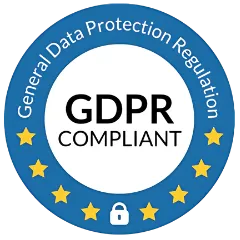What if your most sensitive documents could raise the alarm before they ever go missing? In industries like banking, legal services, and secure record storage, a single lost file can lead to audits, lawsuits, or irreparable reputational damage. Yet, many of these organizations still rely on manual registers, CCTV, and physical locks to safeguard high-value paperwork—leaving behind a trail of vulnerability. That’s where a file tracking system changes the game.
Now imagine a system that gives every file its own identity, alerts you in real-time if it’s moved without permission, and shows you exactly who accessed what, when, and where—all without relying on human intervention.
That’s the power of an RFID-based file tracking and movement monitoring system from Asset Infinity. Designed to eliminate manual loopholes, prevent internal theft, and streamline compliance, it transforms your file room into an intelligent, self-monitoring ecosystem.
If your business handles documents that can’t afford to be misplaced, it’s time to replace uncertainty with real-time control. Let’s explore how.
What is an RFID-Based File Tracking System & Movement Monitoring System?
An RFID-based file tracking system and movement monitoring setup uses Radio Frequency Identification (RFID) technology to assign a unique digital identity to each file or physical document. These identities are tracked in real time through a network of hardware (tags, readers, beacons) and software (dashboards, alerts, mobile apps) to ensure every file’s location, movement, and access status is always known.
Unlike barcode systems or manual logs, file tracking through RFID doesn’t require line-of-sight scanning or human input. Files can be scanned in bulk, monitored automatically, and flagged instantly if moved without authorization—even if someone tries to conceal them or bypass traditional controls.
System Architecture: Built for Security, Scalability & Control
Asset Infinity’s file tracking software solution is engineered with both hardware and software precision. Here's a breakdown of how it works:
1. RFID Hardware: Tracking Begins at the Tag
UHF RFID Tags
Each file or document is affixed with a tamper-proof Ultra High Frequency RFID tag, uniquely encoded and virtually impossible to duplicate. Once tagged, the file becomes part of a monitored network—visible at every critical point.
Fixed Readers
Installed at entry/exit points of vaults, storage rooms, and sensitive departments, these readers capture every file’s movement. Whether a document is being legally checked out or smuggled out, the file tracker system knows.
Handheld Readers
For spot checks, audits, or mobile search, authorized personnel use handheld RFID readers. These allow real-time file tracking, misplacement detection, and instant reconciliation.
Beacon Integration
When a file crosses a breach point without approval, BLE-powered beacons flash visually and notify multiple channels—triggering real-time intervention.
2. Smart Software Platform: Real-Time Intelligence in Action
Real-Time Tracking
Every file movement—timestamp, location, direction, and authorized personnel—is logged into a central dashboard. From one control room, staff can track which document went where and who handled it last using the file tracking system.
App-Based Authorization
Forget paper gate passes or verbal clearances. The system uses mobile app-based movement authorization—including OTPs, facial scans, or QR code validation—for secure approvals.
Alert Mechanisms
Unauthorized actions trigger a three-layer alert system:
- Beacon flash at the location
- Mobile & email alert to admins
- Ping to security control room
Immutable Audit Trail
Every action—access, handover, movement—is digitally logged and uneditable, ensuring full compliance and traceability.
Geo-fencing
If a file exits the physical zone (like the building or designated floor), the system auto-triggers a breach alert, disabling further movement or access.
Auto Reconciliation
During audits or surprise checks, handheld readers identify misplaced, missing, or unauthorized files instantly—cutting down audit time from days to minutes.
3. Anti-Theft & Breach Protection: Nothing Leaves Unseen
This RFID-based file tracking architecture is impossible to bypass manually—and that’s by design.
- RFID tags can’t be shielded under clothes or thrown over walls without triggering detection
- Every secure exit requires app-based digital authorization
- Manual logbooks are obsolete—no tampering, no omissions
- Even no-staff exits are protected via beacon alerts and motion detection
Whether it's an insider threat or an operational error, breaches are caught before they become disasters.
Why Banks, Vaults & IP Archives Need a Smarter File Tracker
Paper isn’t going anywhere in sectors like banking, law, insurance, or IP custodianship. In fact, these institutions handle a volume and sensitivity of paperwork that often requires permanent retention and restricted access. Yet their reliance on manual registers, security guards, and basic CCTV systems leaves glaring gaps:
- Files moved without permission? No record.
- Manual logbooks edited or lost? No trail.
- Audits take days or weeks? Operational delay.
- Files sent between branches? No accountability.
In these contexts, theft isn’t always external. Many breaches are internal, with files removed or accessed quietly—leaving no trace behind.
That’s why a secure, intelligent, and real-time file tracking system is more than a tech upgrade. It’s a safeguard.
Value Proposition: Real Problems, Real-Time Solutions
Here’s how the file tracking software directly solves long-standing problems in document-sensitive industries:
Optional Enhancements: Advanced Control with Asset Infinity
Asset Infinity’s base file tracking system already delivers comprehensive coverage. But some organizations require added precision and scalability. For them, we offer three optional but powerful enhancements:
1. RFID Tunnels – For Bulk File Movement
Use Case: Ideal for banks or government offices that move trays or boxes of files frequently.
What It Is: A tunnel-shaped RFID scanning unit mounted on desks or trolleys. Files inside folders or boxes pass through this enclosure for batch reading.
Benefits:
- 99.9% read accuracy
- Saves audit and dispatch time
- Ideal for departments with high file volumes
2. Ceiling Zone Tracking – Shelf-Level Precision
Use Case: Libraries, archives, or vaults with large rack or open shelf storage.
What It Is: Overhead RFID antennas mounted on ceilings to divide space into zones or rack sections.
Benefits:
- Tracks misplacement inside the same room
- Enables rack-wise auto reconciliation
- Great for libraries, insurance archives, or legal repositories
3. EAS Anti-Theft System – Visual + Audio Alerts
Use Case: Vault doors, record room exits, lobbies—places with no staff present 24/7.
What It Is: A security alert system similar to retail EAS gates, integrated with RFID.
Benefits:
- Strong visual deterrent
- Works even when no one is watching
- Makes theft almost impossible without detection
Real-World Scenarios: What Transformation Looks Like
Legal Firm
Let’s say a legal firm maintains 40,000 active case files, stored in mobile shelves across four vaults. In the past:
- Daily file movement was logged manually
- Interns mistakenly placed files in wrong sections
- Files sent to other branches disappeared for days
After implementing the file tracker system:
- Movement approvals now happen through the app
- Wrong placement alerts trigger before files go “missing”
- Inter-branch handovers are logged, tracked, and time-stamped
Audit time dropped by 60%, breach incidents fell to zero, and file reconciliation became a 15-minute job. That’s not just digitization. That’s document-level intelligence.
Banks
Now consider a national bank managing over 75,000 confidential documents—loan files, KYC records, property deeds—stored across its head office and six regional branches. In the past:
- File movement was tracked using manual registers and spreadsheets
- Duplicate copies were often created due to misplaced originals
- Staff frequently retrieved the wrong documents during compliance checks
After adopting the file tracking system:
- All file movements are digitally approved through the mobile app
- Geo-fencing alerts prevent files from exiting unauthorized zones
- Shelf-level placement accuracy improved with real-time tracking
Audit duration was reduced by 50%, inter-branch transfers became transparent, and document breaches were eliminated—ensuring full regulatory compliance.
Final Thoughts: Why Your File Tracker Should Be a Security System
Banks, legal firms, and archival organizations don’t just store paper—they store trust, evidence, and proprietary power. Relying on registers, guards, or CCTV is like locking gold with a shoelace.
Asset Infinity’s RFID-based file tracking system turns every file into a traceable, accountable, and breach-proof entity. Whether it’s a single document or a million files across locations, you’ll know where it is, who moved it, and when—without chasing paper trails.
If your organization deals with sensitive documents, it’s time to stop managing files manually—and start protecting them intelligently.

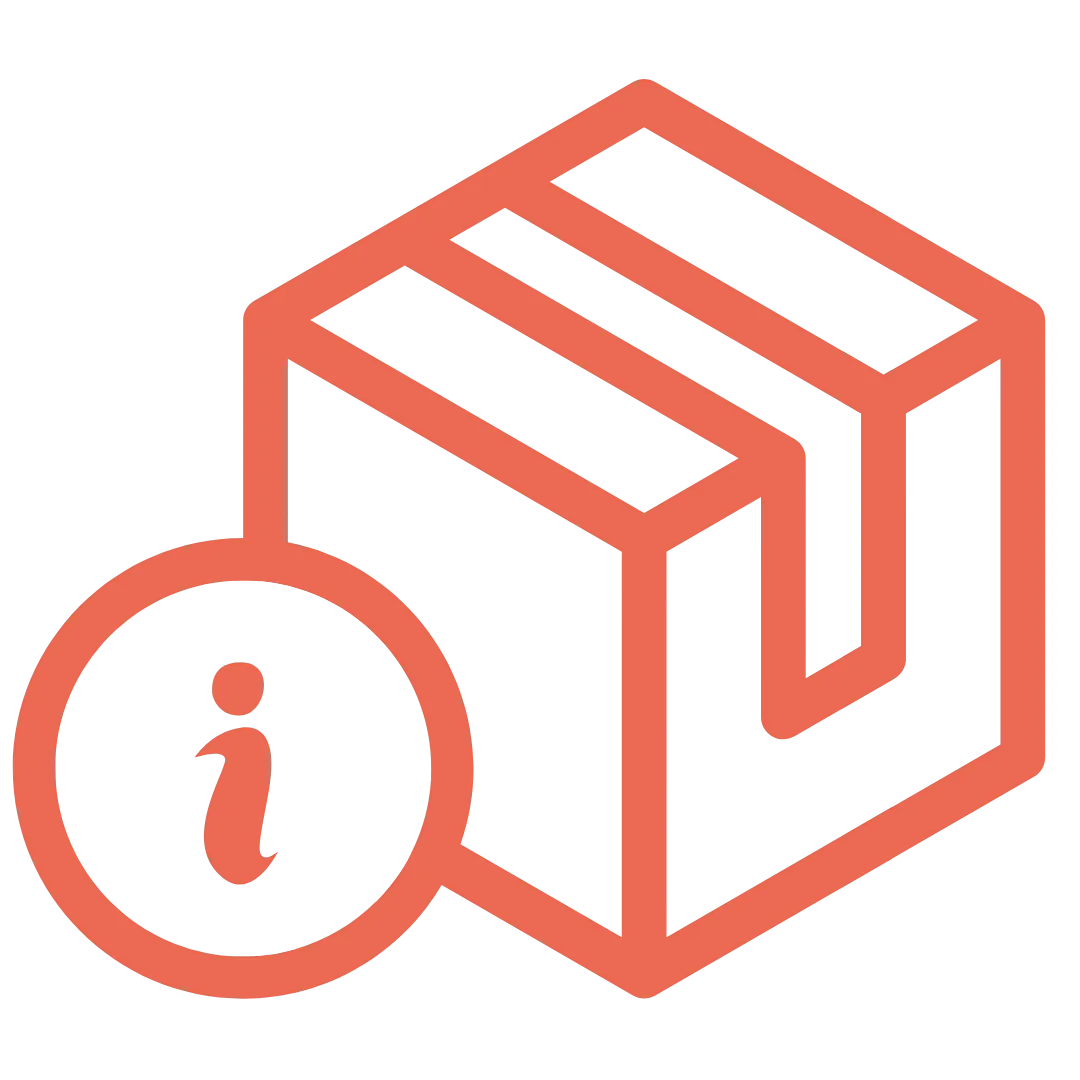
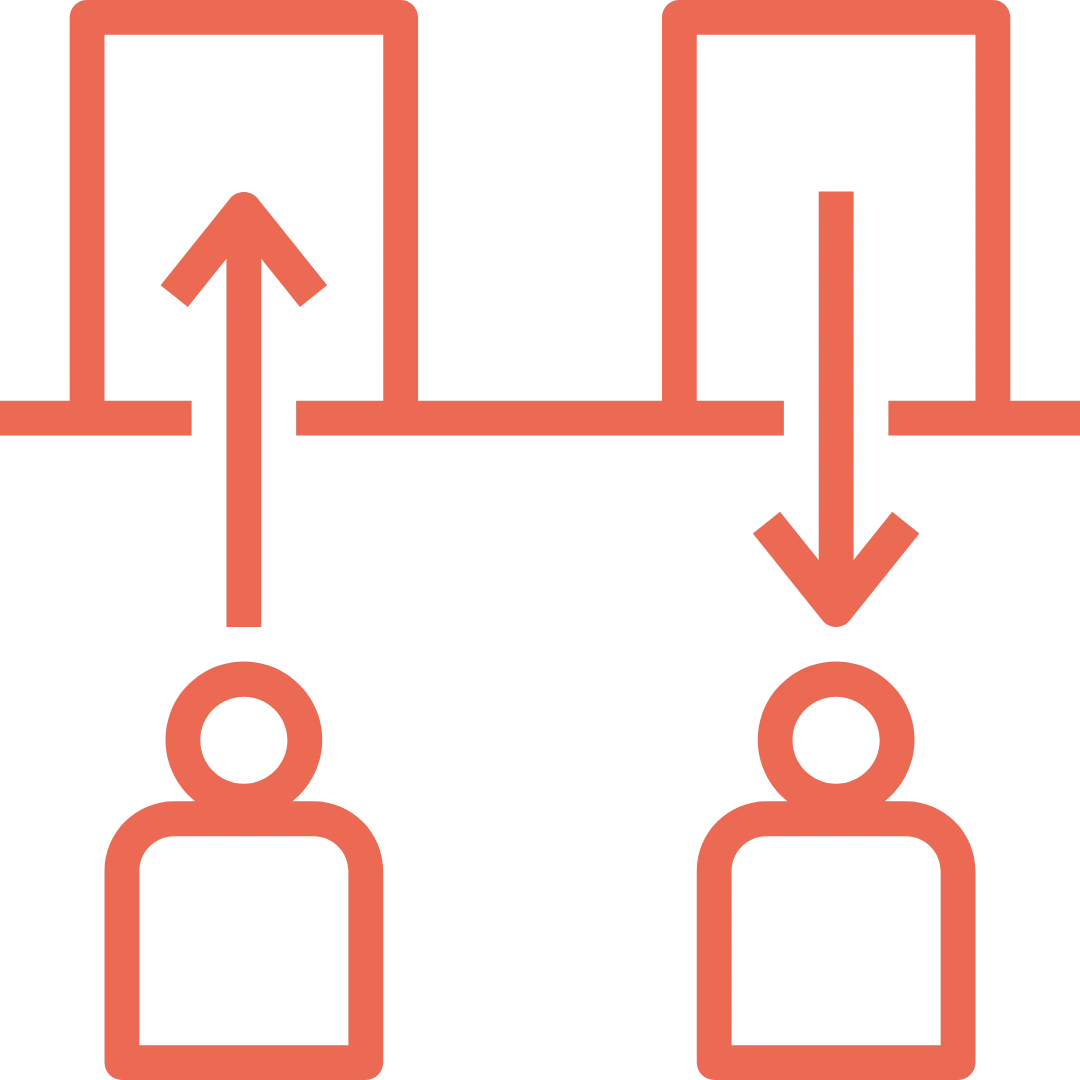
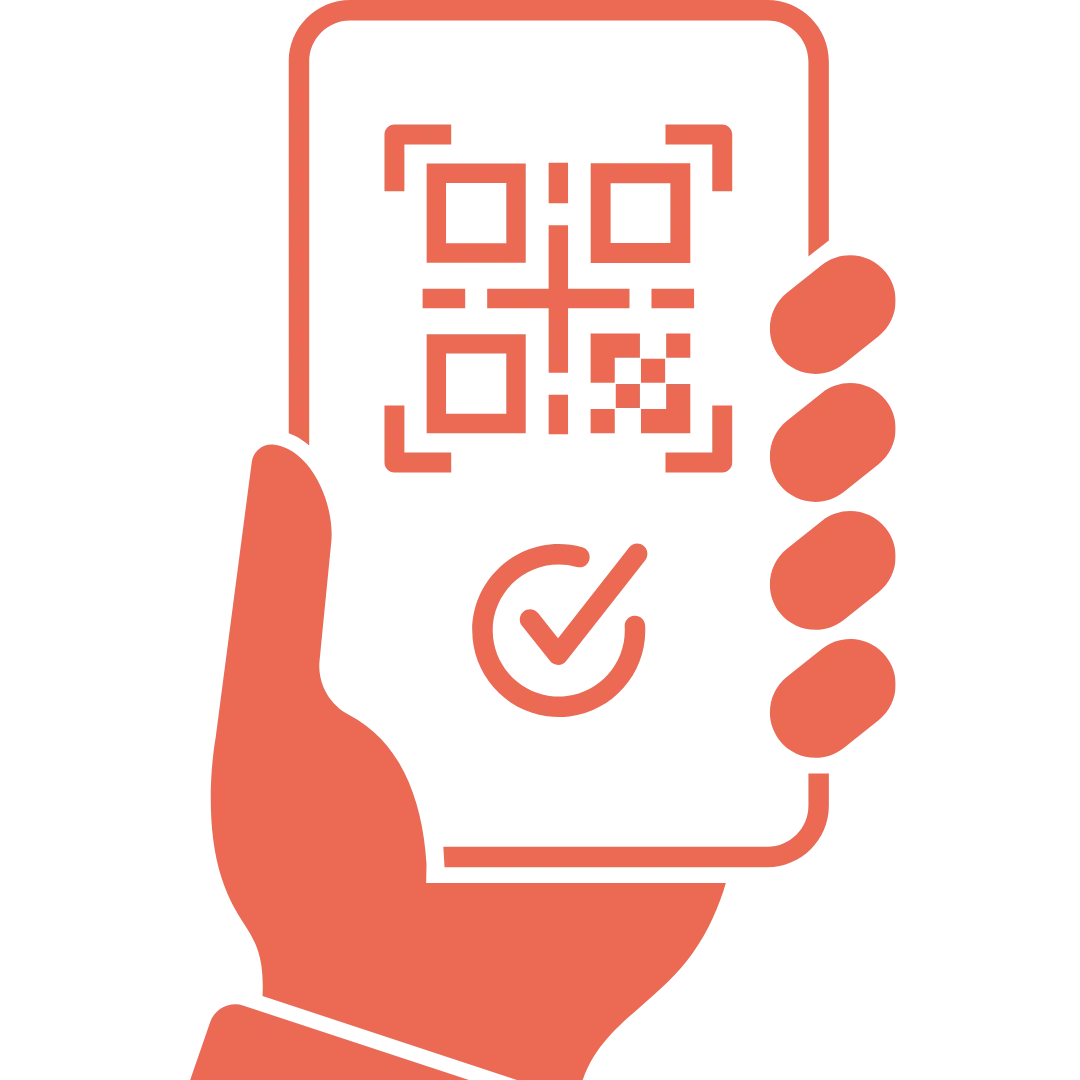







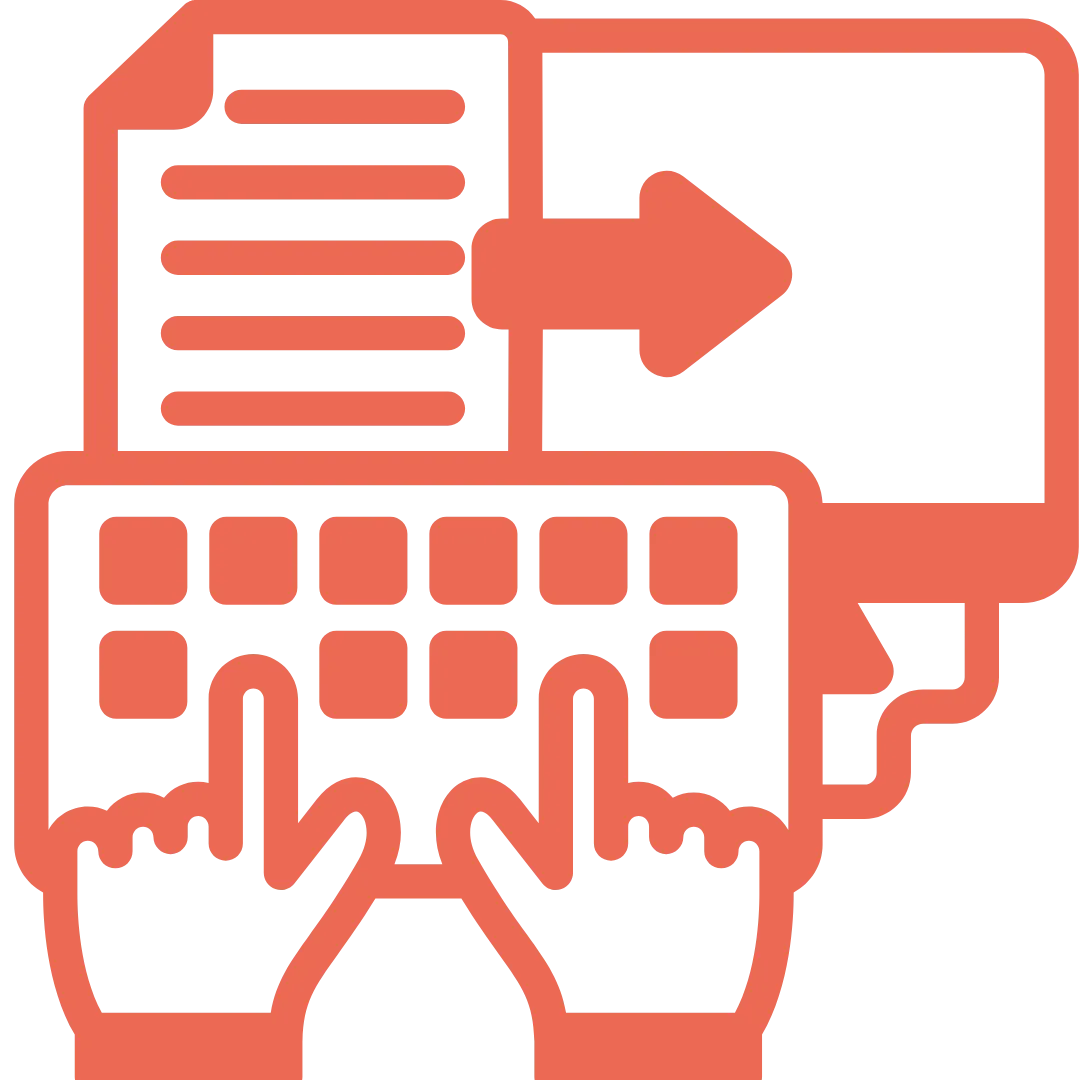
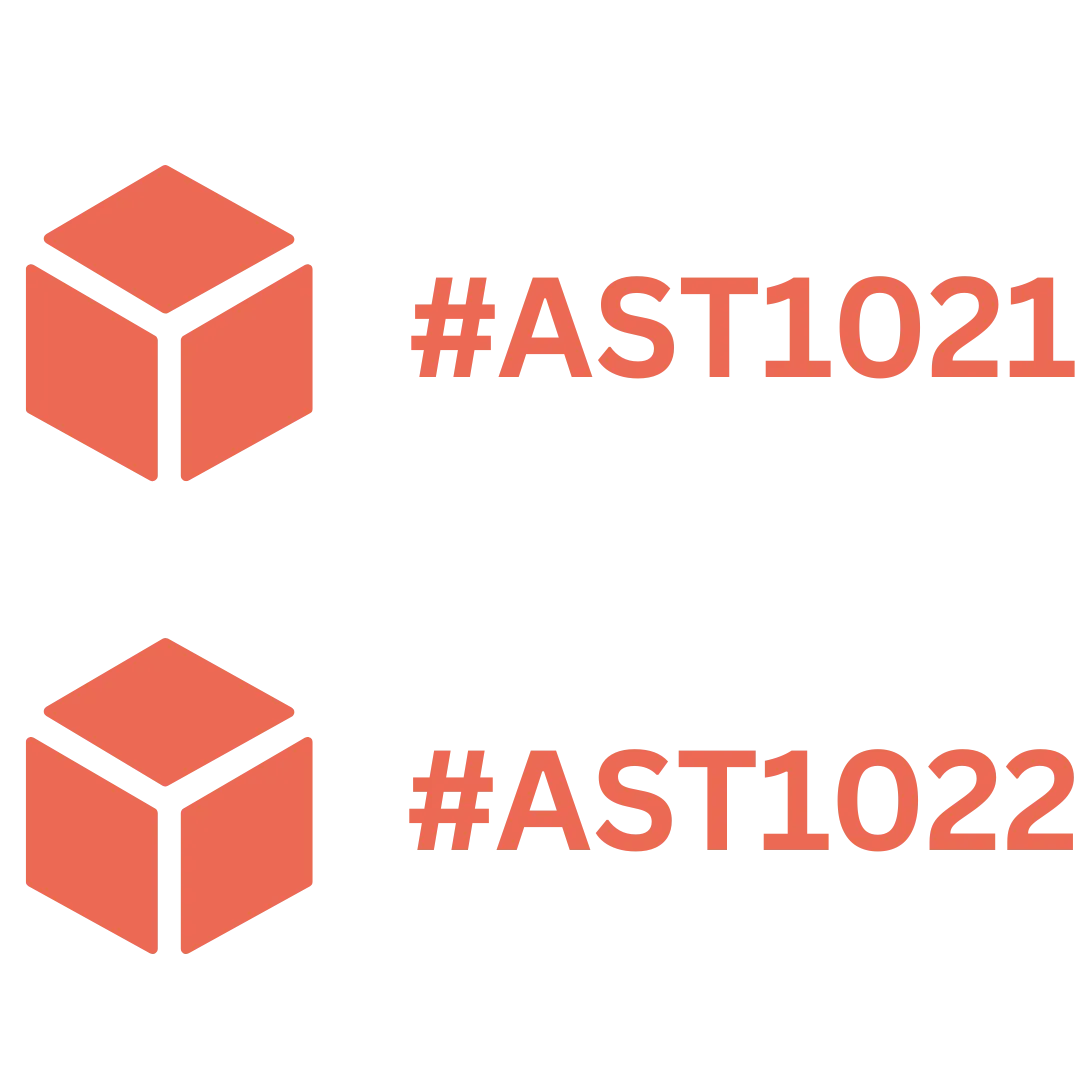
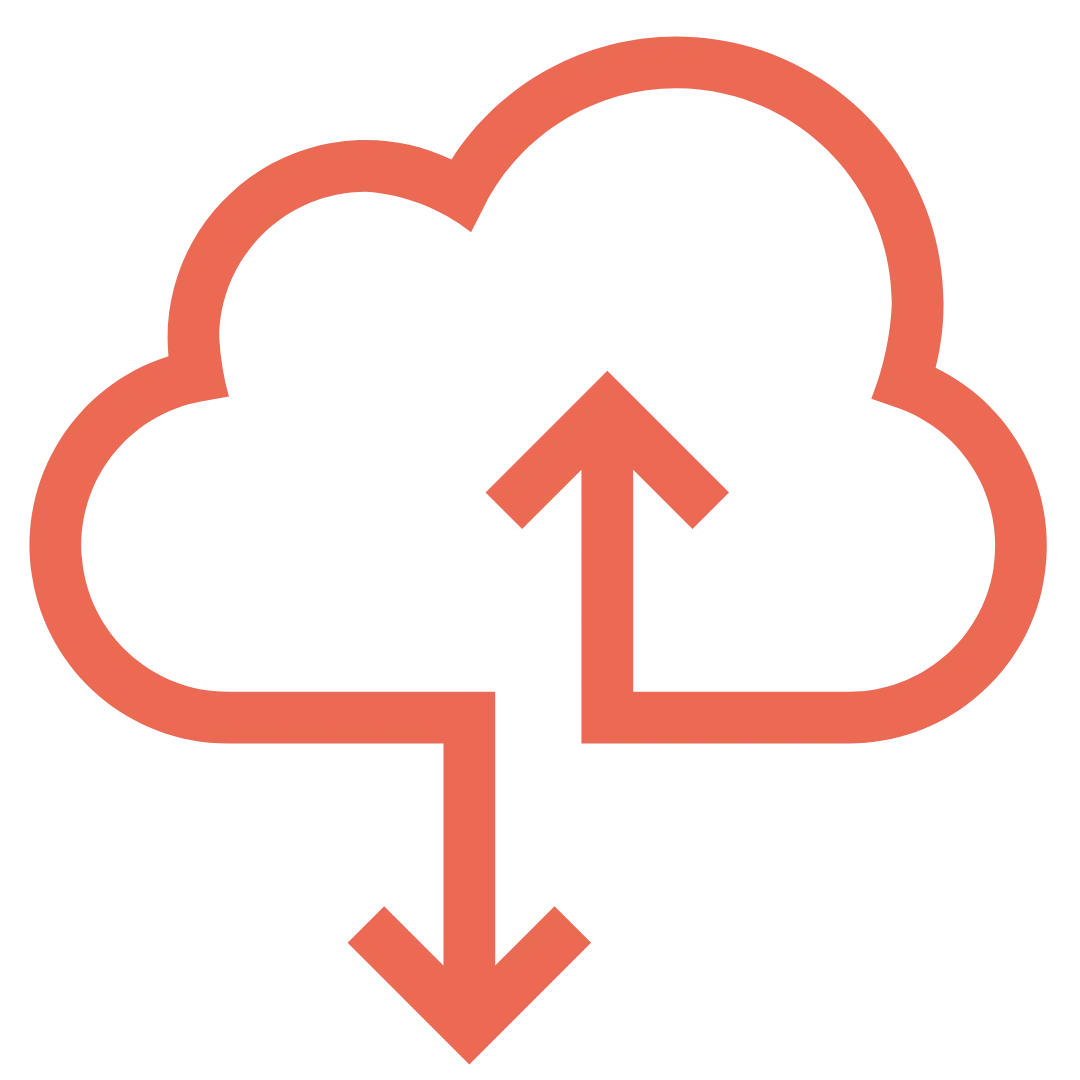
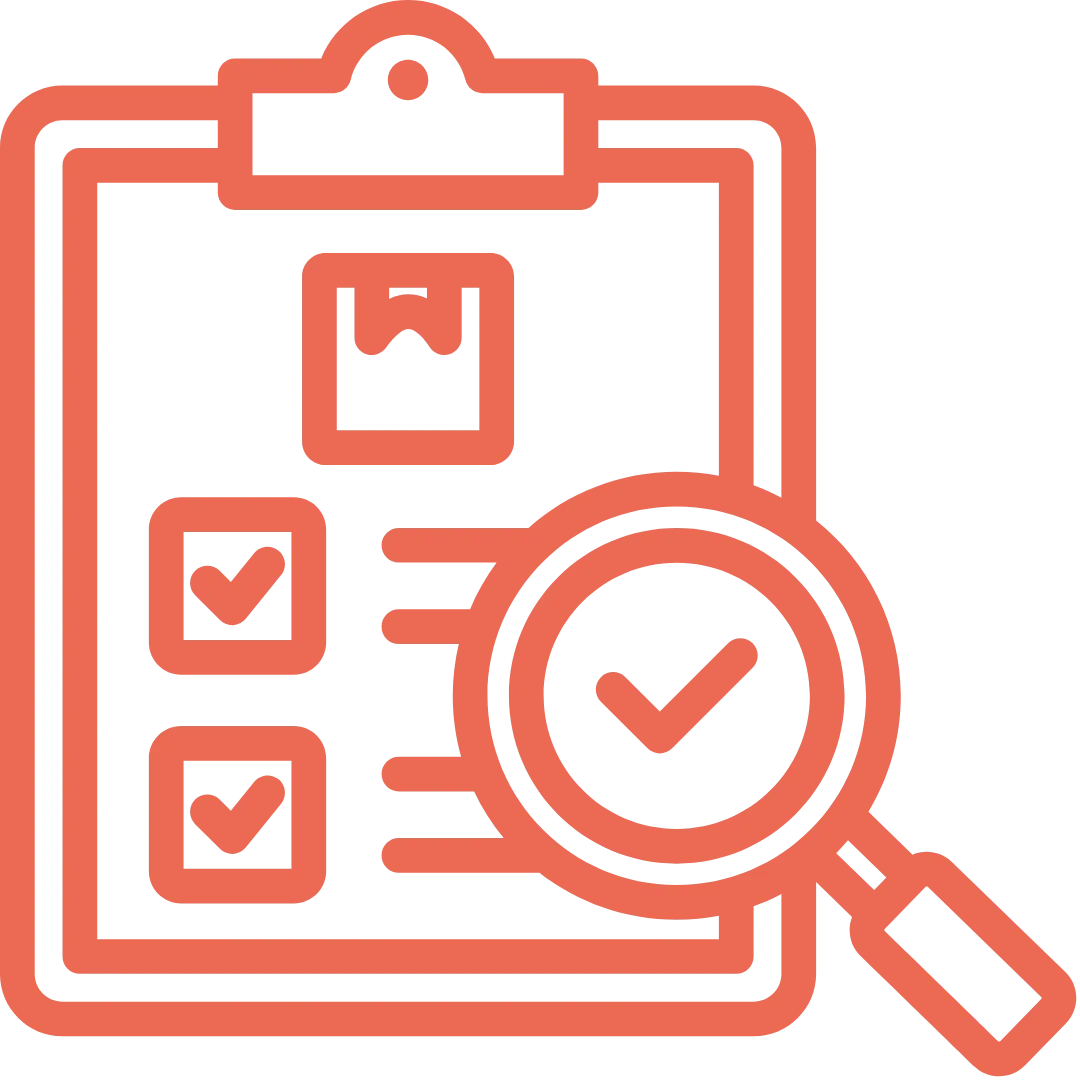
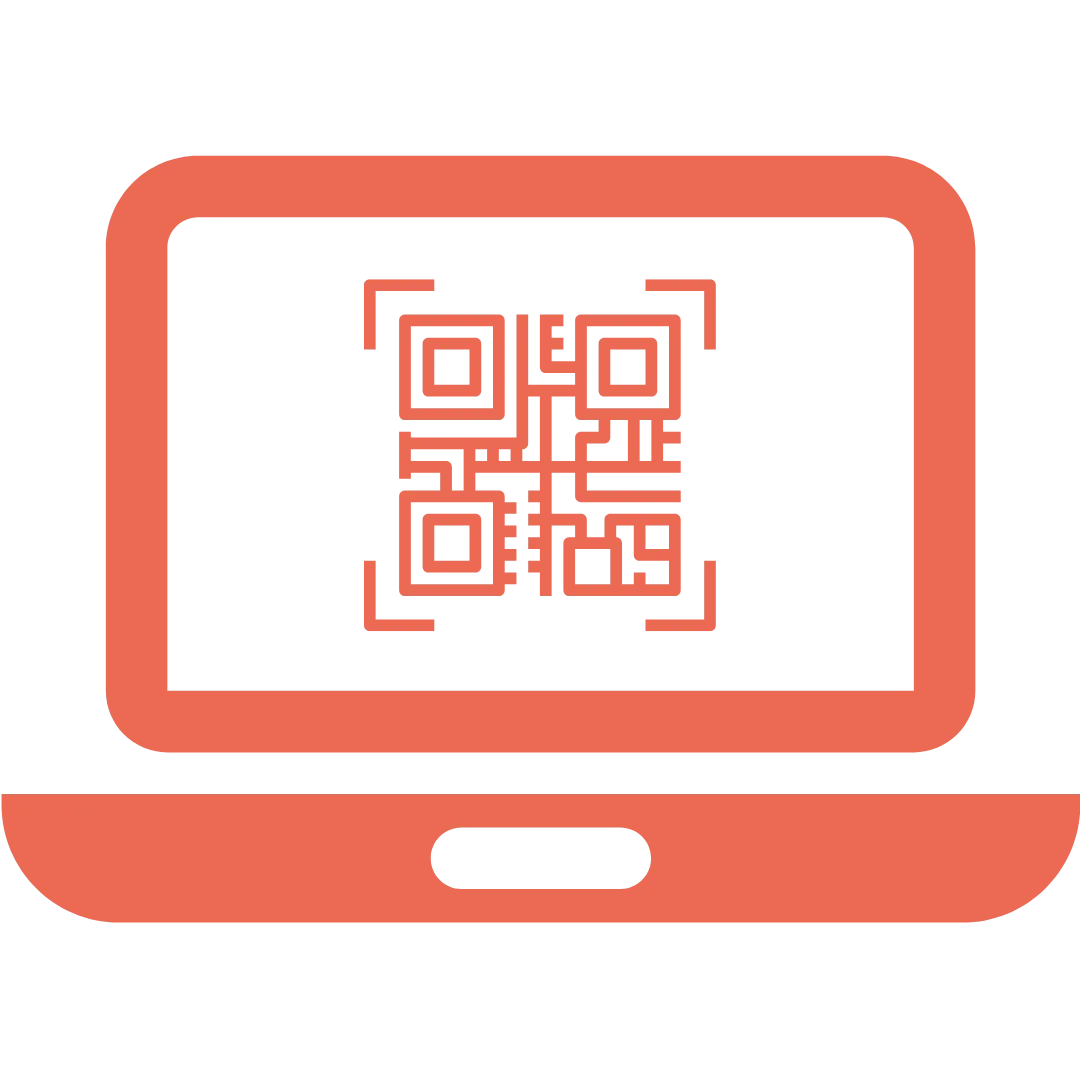


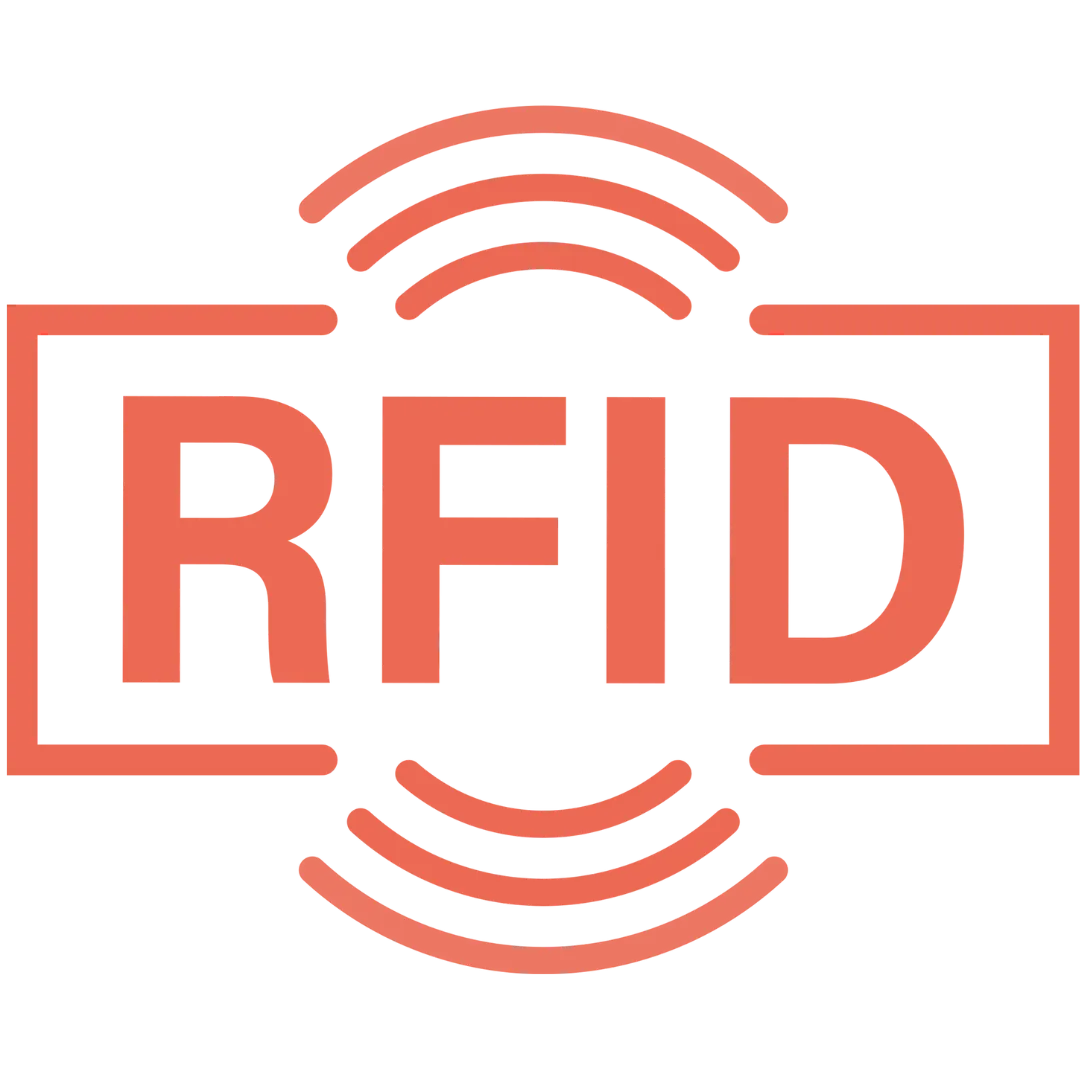

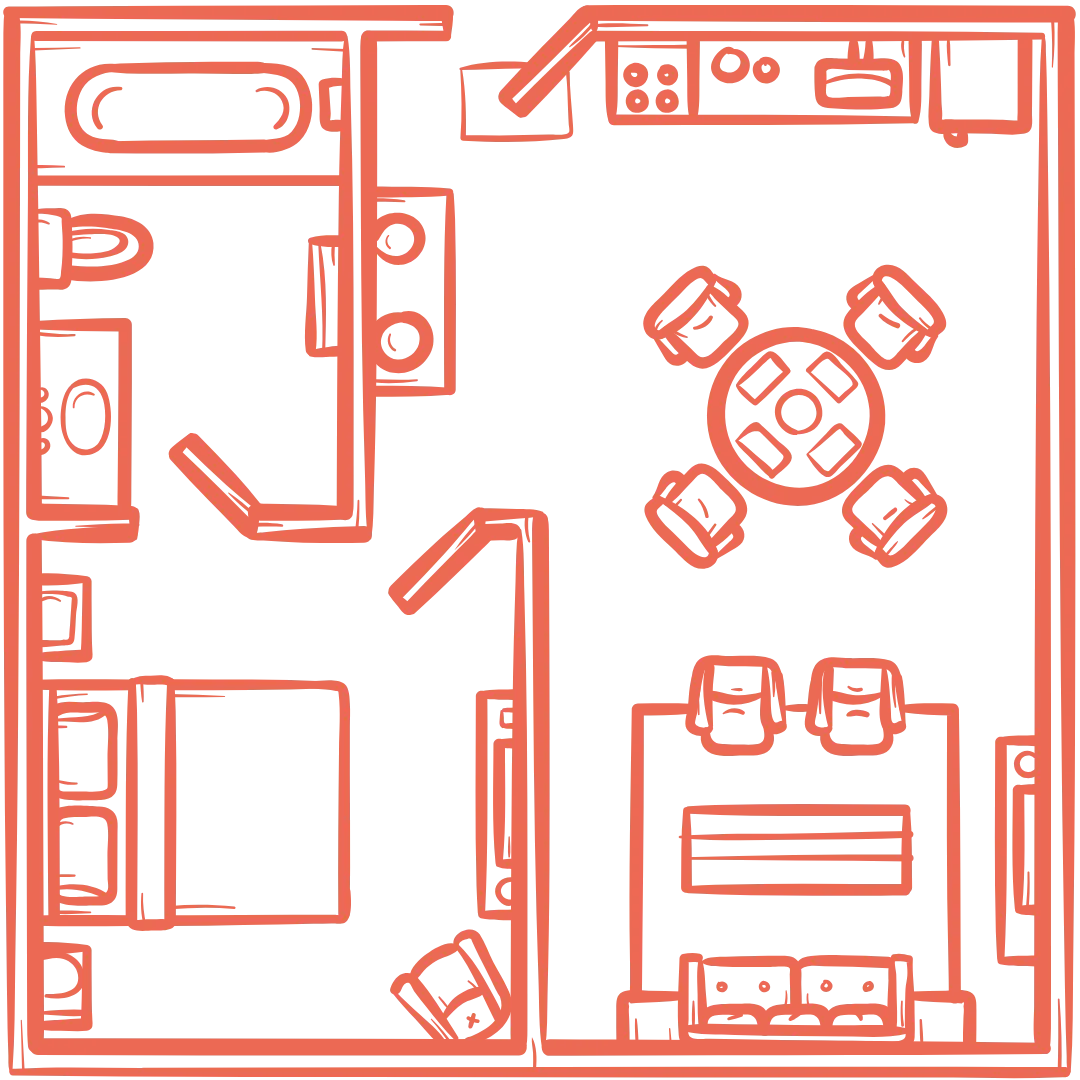




























.webp)
.webp)
.webp)
.webp)
.webp)
.webp)
.webp)
.webp)
.webp)

.svg)




.webp)
.webp)











































.png)
.webp)



















